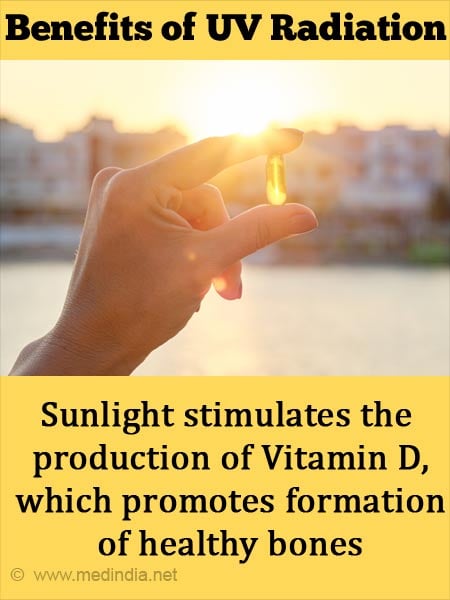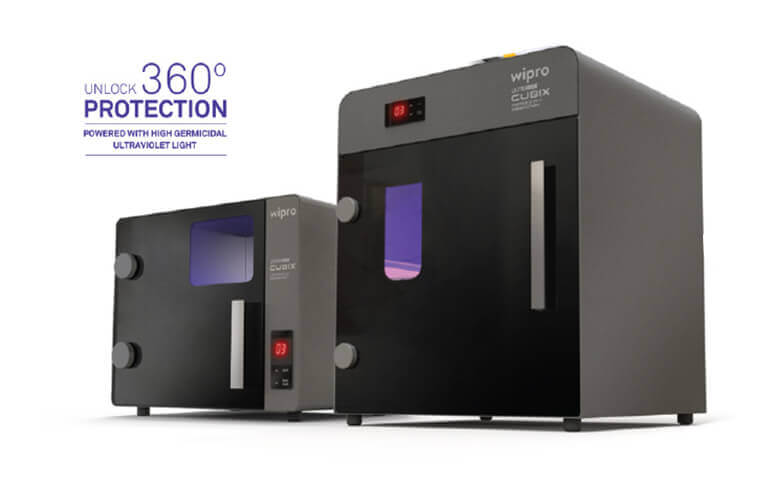Excitement About Uvc Light
Table of ContentsUvc Light Can Be Fun For EveryoneThe Main Principles Of Uvc Light What Does Uvc Light Do?Uvc Light - QuestionsUvc Light Things To Know Before You BuyGet This Report on Uvc Light
A brand-new sort of ultraviolet light that may be risk-free for people took much less than 5 minutes to lower the degree of indoor air-borne microbes by more than 98%, a joint research study by researchers at Columbia University Vagelos College of Physicians and Surgeons and in the U.K. has actually located. Even as microorganisms remained to be splashed right into the room, the degree continued to be really low as lengthy as the lights got on.Till currently these studies had only been carried out in small experimental chambers, not in full-sized spaces simulating real-world problems. In the existing research, researchers at the College of St. Andrews, College of Dundee, College of Leeds, and Columbia University checked the efficacy of far-UVC light in a large room-sized chamber with the same ventilation rate as a regular home or workplace (regarding 3 air changes per hour).
The efficacy of various approaches to decreasing indoor virus levels is typically gauged in terms of equivalent air adjustments per hour. In this study, far-UVC lamps produced the equivalent of 184 comparable air exchanges per hour. This exceeds any various other approach to decontaminating occupied indoor rooms, where five to 20 comparable air changes per hour is the most effective that can be attained practically.
Things about Uvc Light

The major parameters of UV-C disinfection are wavelength, dosage, loved one humidity, and temperature. There is no consensus concerning their ideal values, but, in general, light at a high dosage and a range of wavelengths including 260 nm is chosen in an environment at area temperature with low relative moisture. This light can be generated by mercury-vapour, light-emitting diode (LED), pulsed-xenon, or excimer lights.
UV-C disinfection systems have appealing features and the prospective to boost in the future. UV-C disinfection ought to currently be thought about for low-level instead than top-level sanitation.
Another application occurred in 1910 when UV light was utilized to sanitize water. However, the modern technology was not extremely trustworthy at the time and it took even more technical advancements prior to UV water sanitation came to be preferred again in the 1950s [ 2] Nowadays, UV light is made use of for water, air, food, surface area, and medical equipment disinfection.
Uvc Light Fundamentals Explained
DNA, RNA, or proteins of a micro-organism soak up UV pop over to this site light, with a peak absorbance around 260 nm [6] This leads to the disruption of DNA or RNA, leading to the inactivation of the micro-organism. UV-C-induced DNA disruption often includes the bonding of two neighbouring thymine (or cytosine) bases rather than the standard linking of a base with its corresponding base on the other hair.

The UV-C area is used for disinfection but there is no Visit Website consensus on the exact optimal wavelength. Light at 260 nm can trigger the most interruption. Various micro-organisms are most vulnerable to slightly different wavelengths.
All About Uvc Light
On the other hand, it has technical implications given that the total power of the light beam of light is then split over all existing wavelengths. A micro-organism that is prone to 254 nm light will be inactivated extra by a lamp that releases only light at 254 nm than a light that gives off a wavelength range at equal overall power.
Direct exposure times of 1045 min for area disinfection and 25 s to 5 minutes for clinical equipment were encountered in literature.
Even more, the result of a light decreases over time, so it is recommended to determine the dose at the end of lamp life, which is agent of a worst-case circumstance. The dosage additionally affects the amount of photoreactivation.
The influence of temperature depends on the light source.
The Ultimate Guide To Uvc Light


This is known as much UV-C modern technology and is a reasonably new sanitation approach with restricted understanding regarding its effectiveness.
In study, the results on pulsed versus continuous UV-C sanitation performance differ. When comparing pulsed and continual light it is essential to maintain various other variables such as wavelength and dosage constant.
The Facts About Uvc Light Uncovered
In case ozone is not required for disinfection, a changed light can be made use of. For mercury-vapour lights, drugged quartz glass or specialized soft glass can filter out short-wave UV-C light - uvc light.